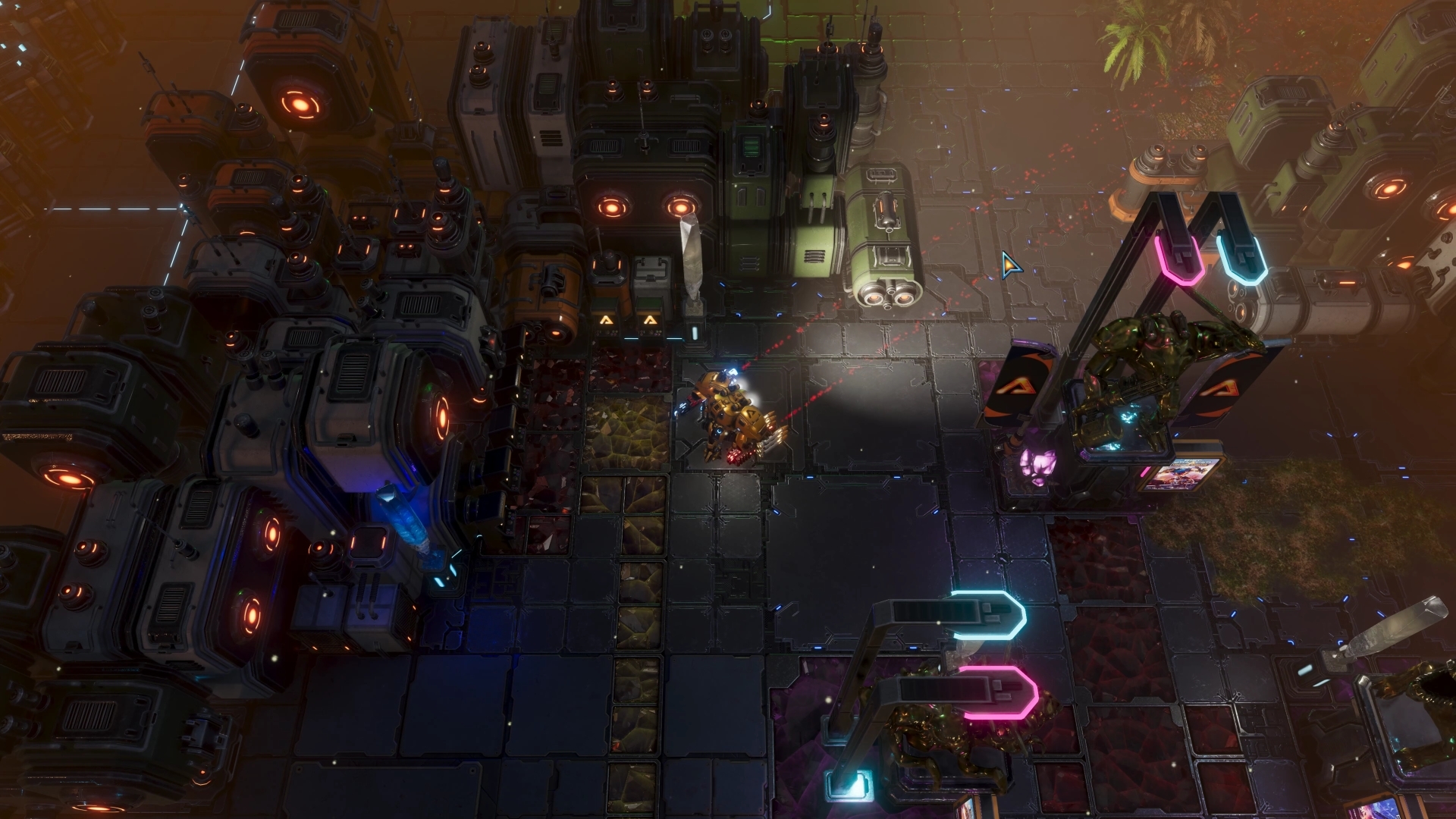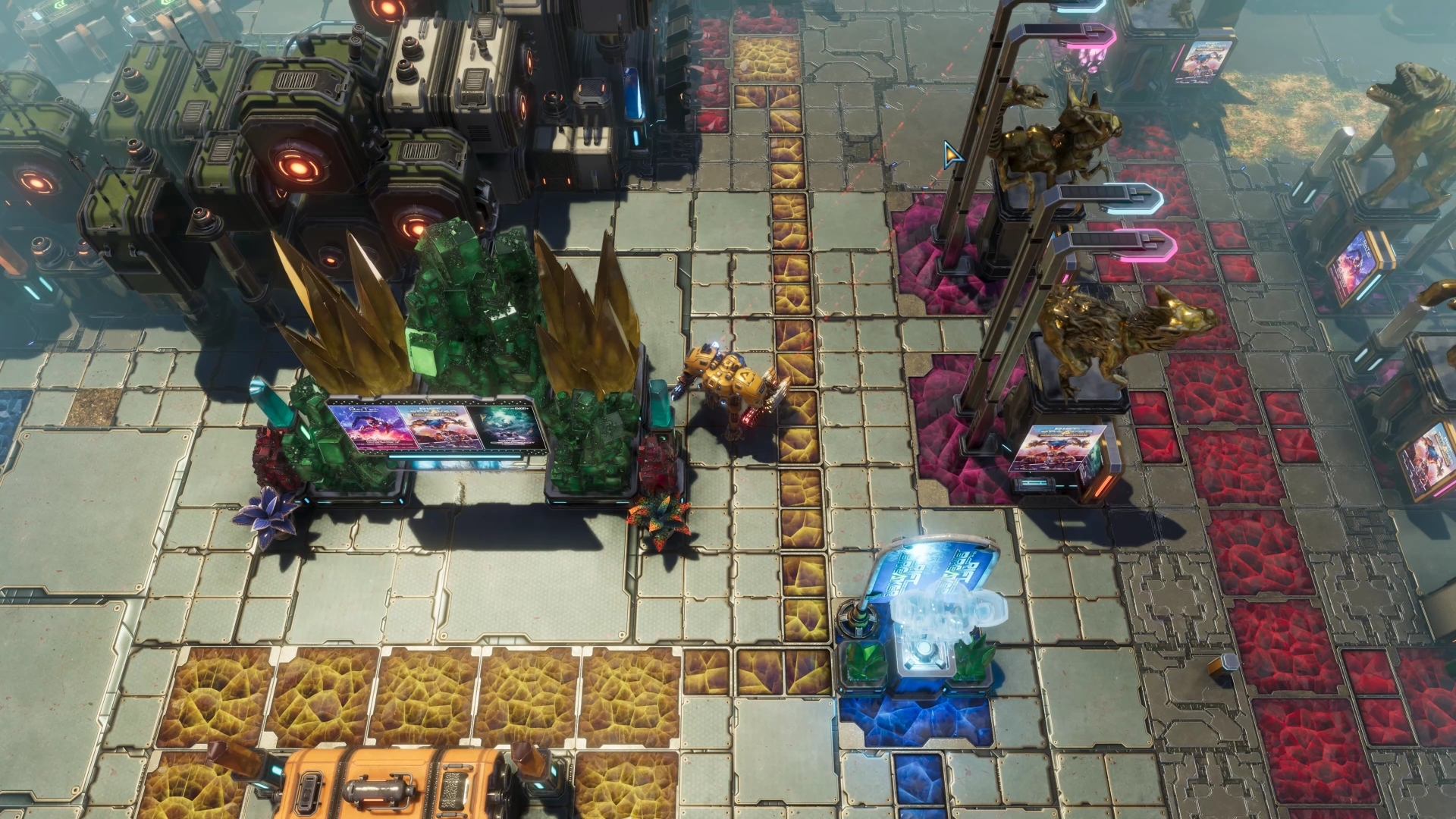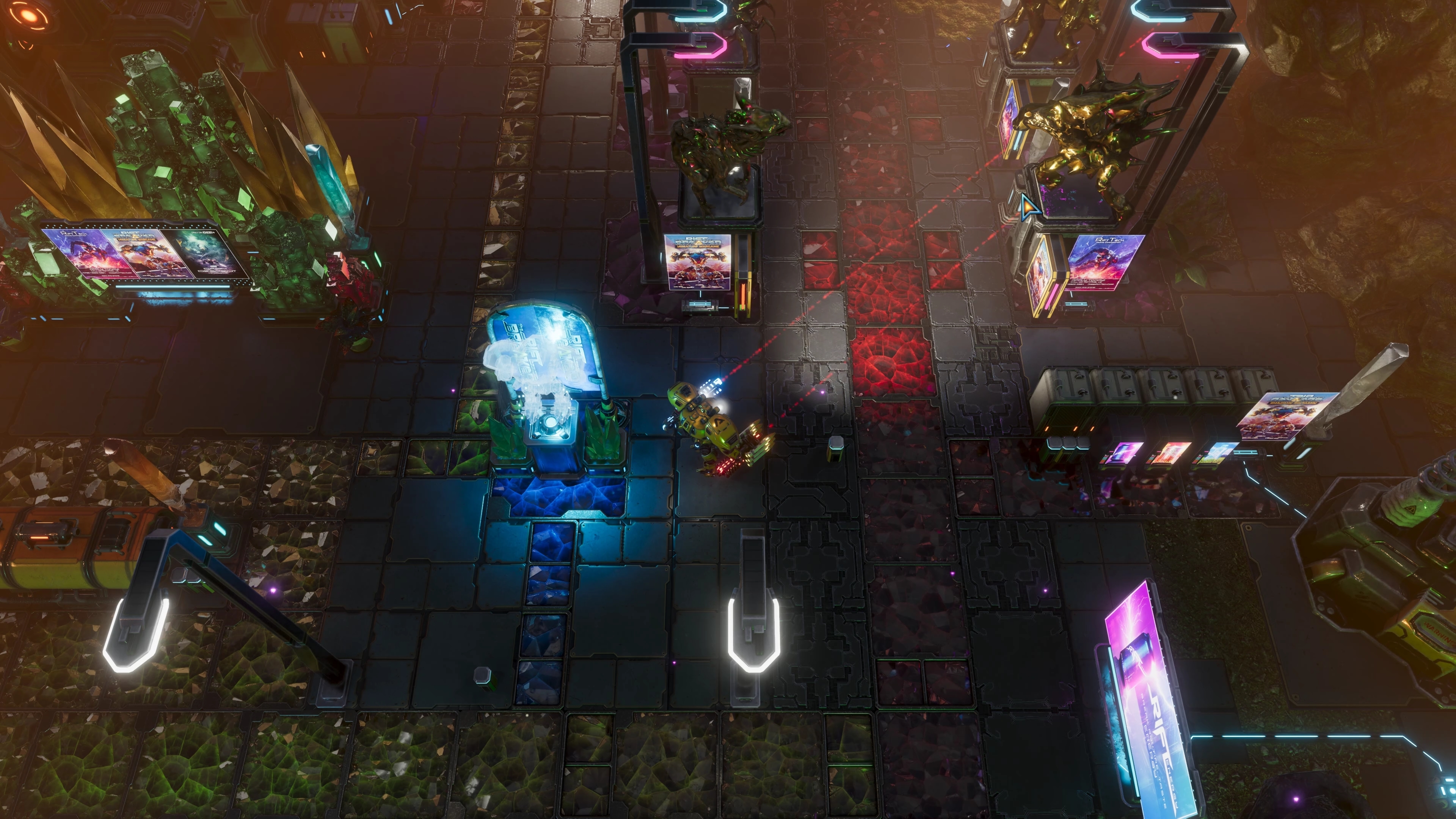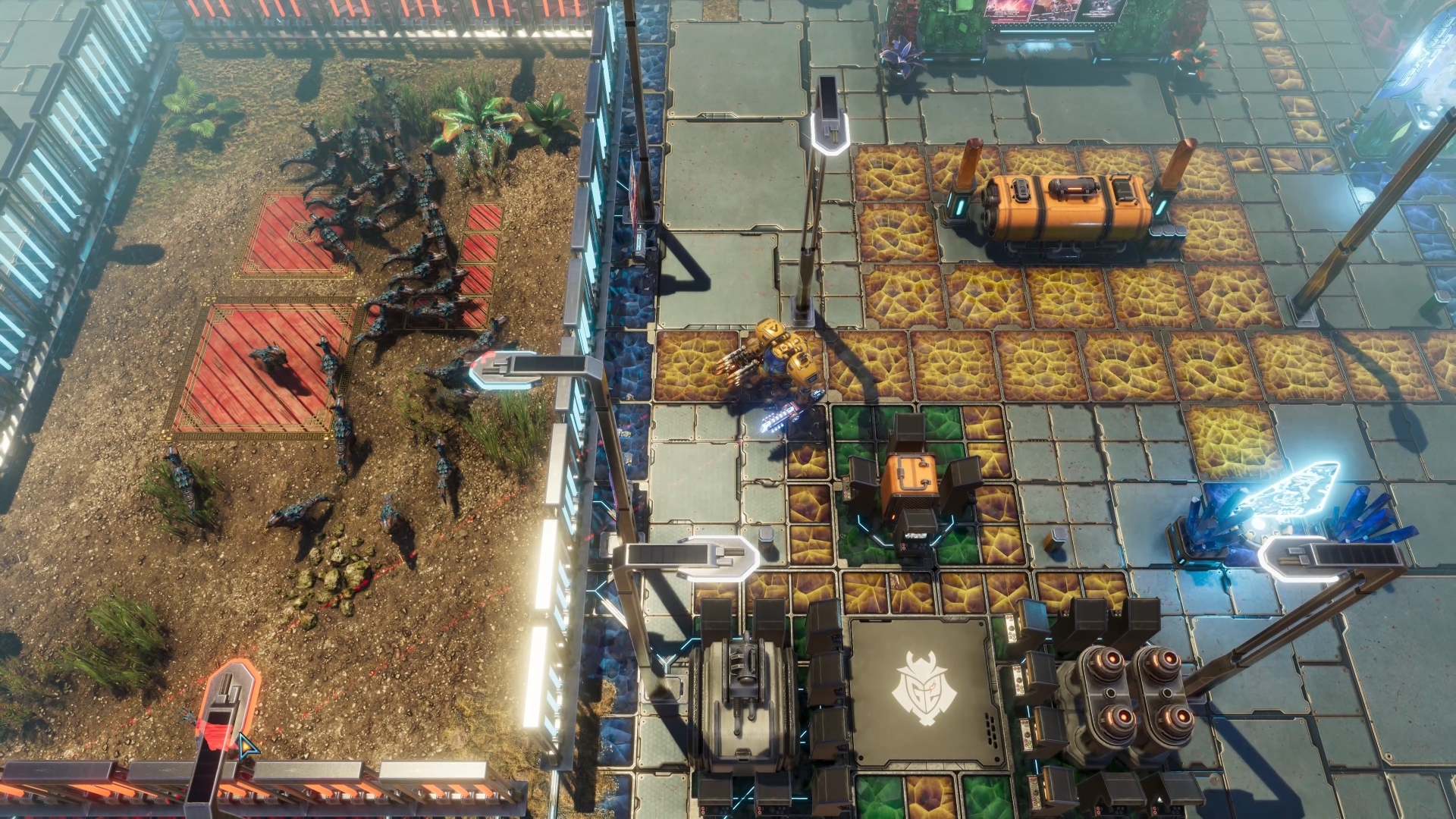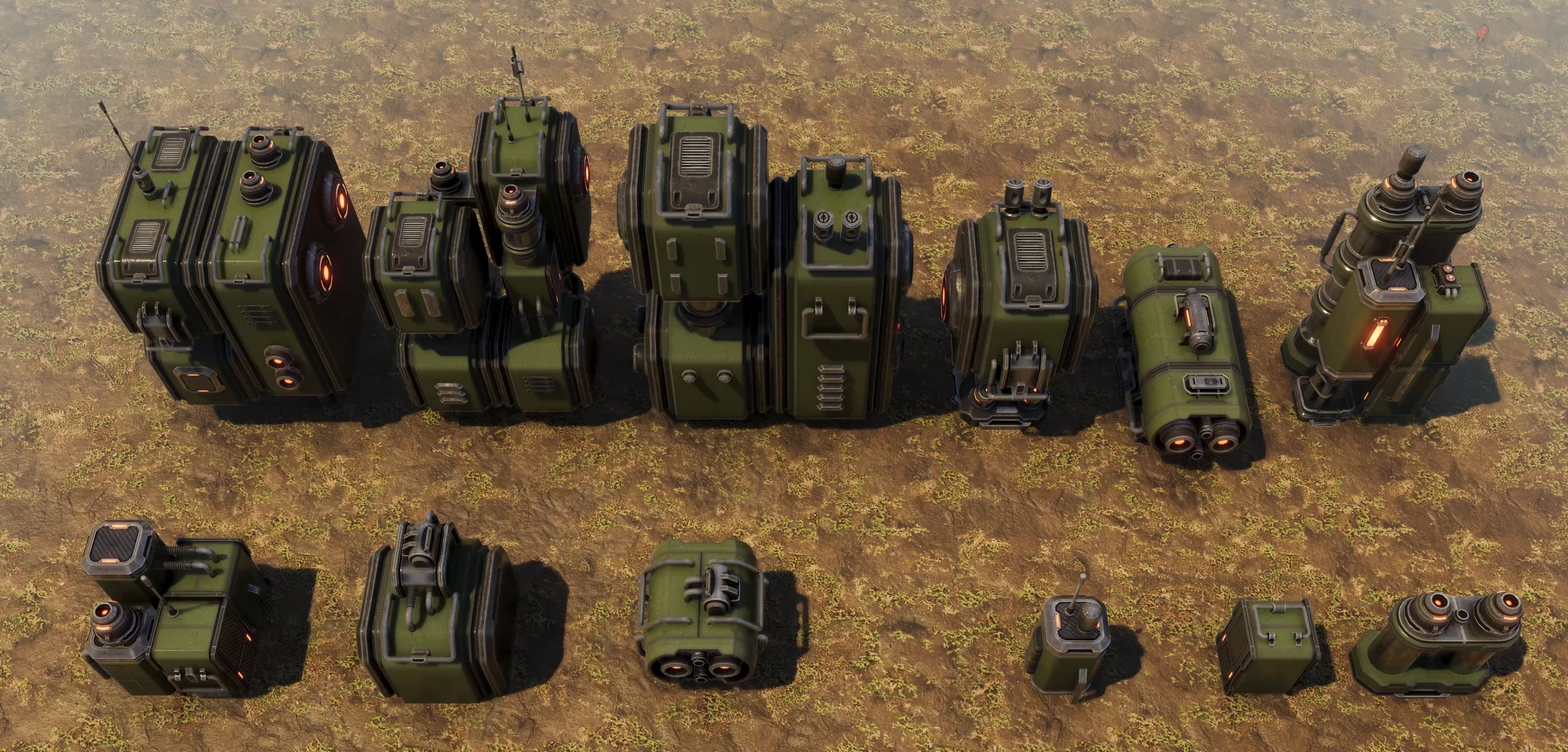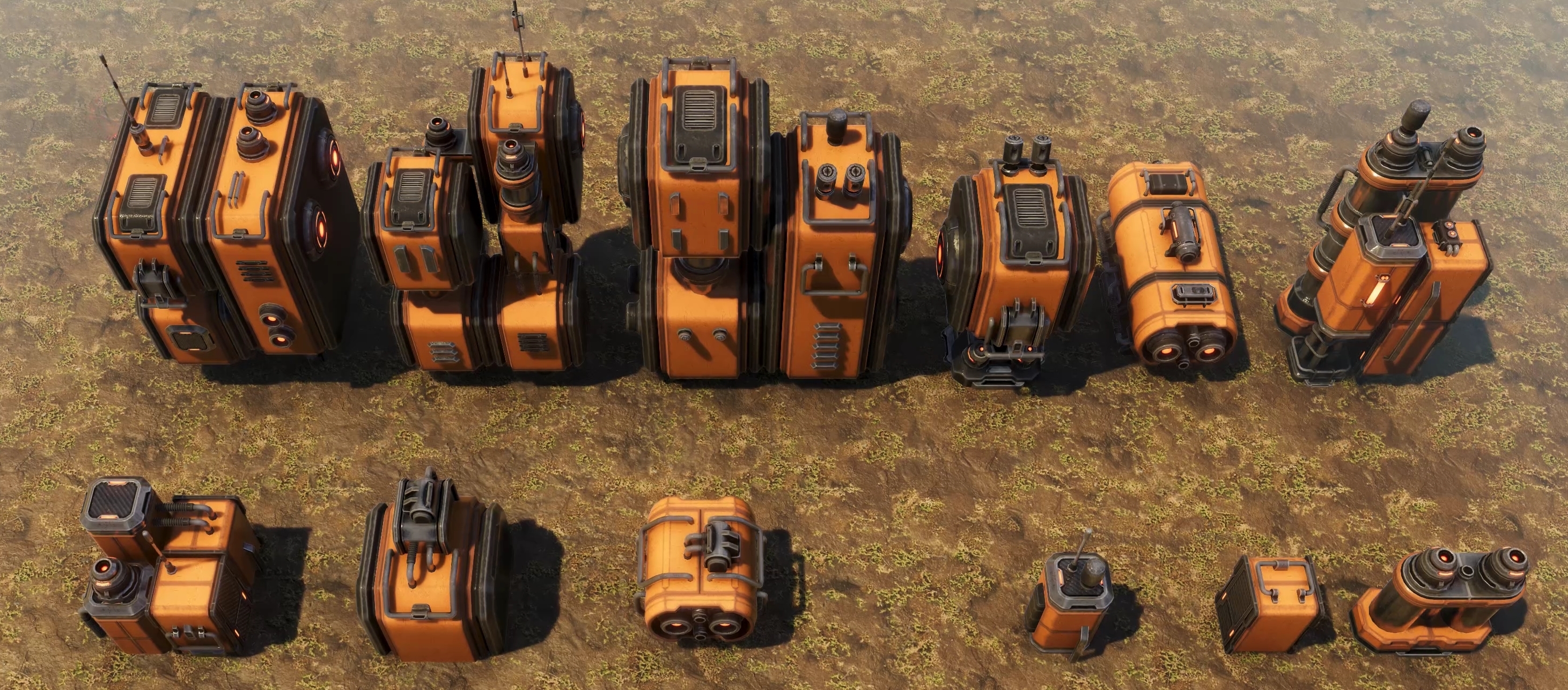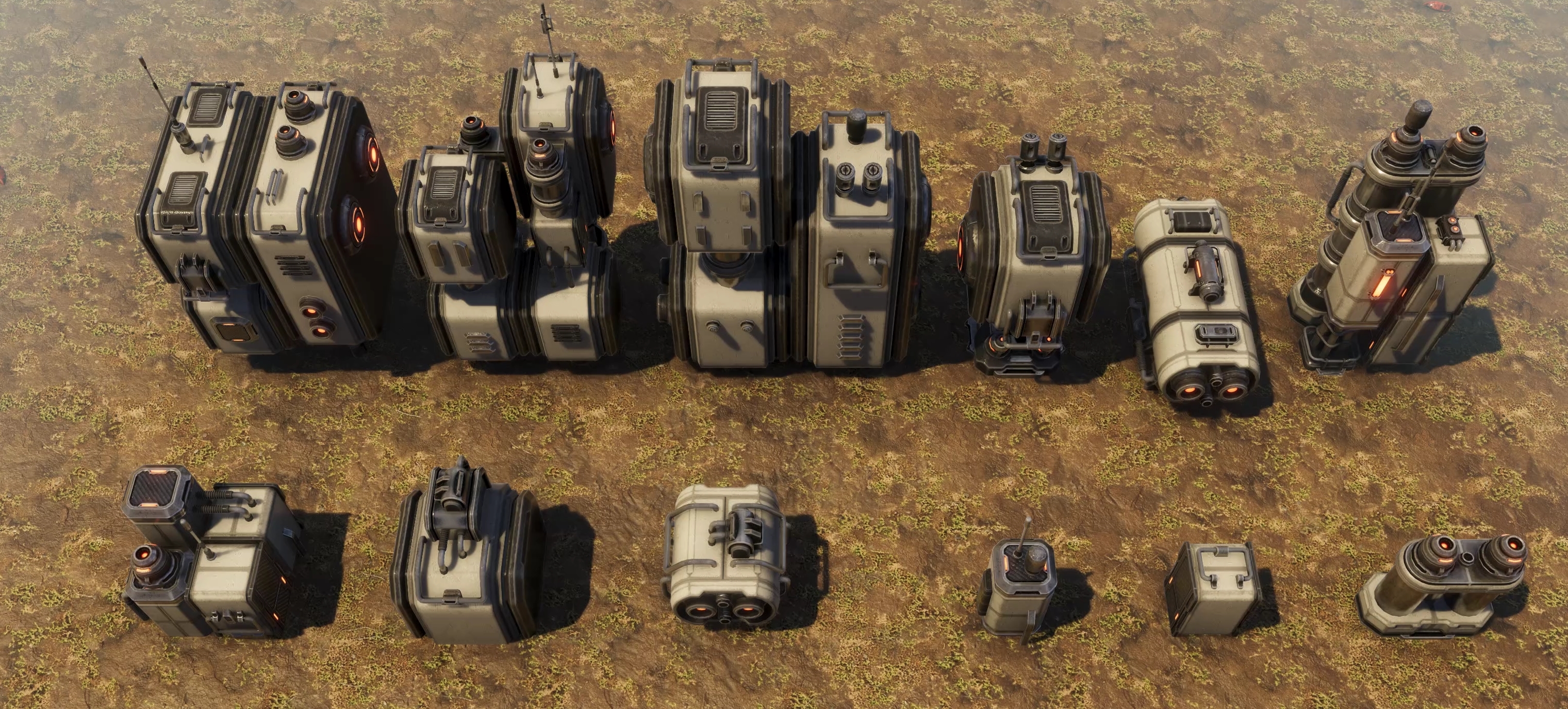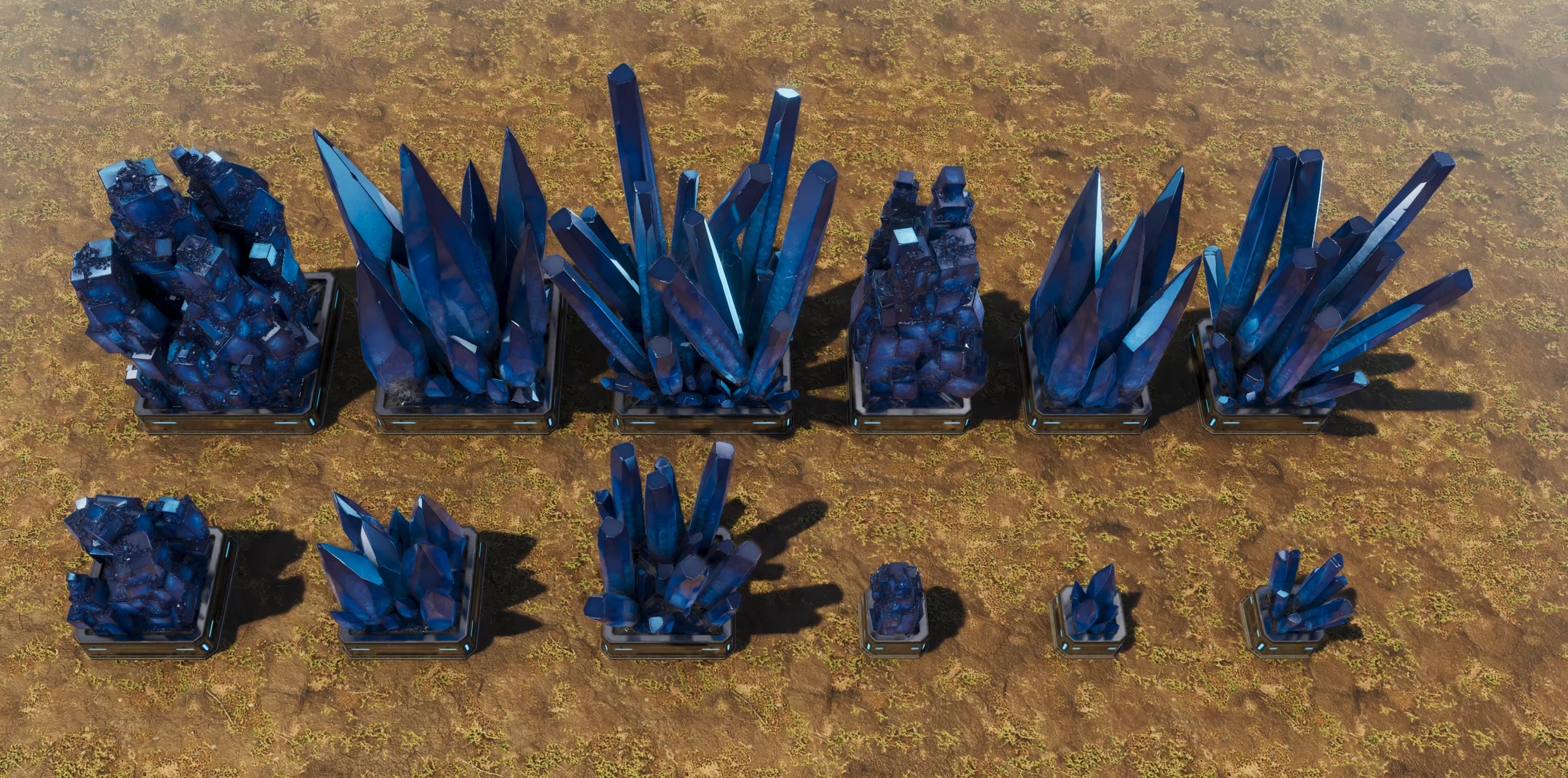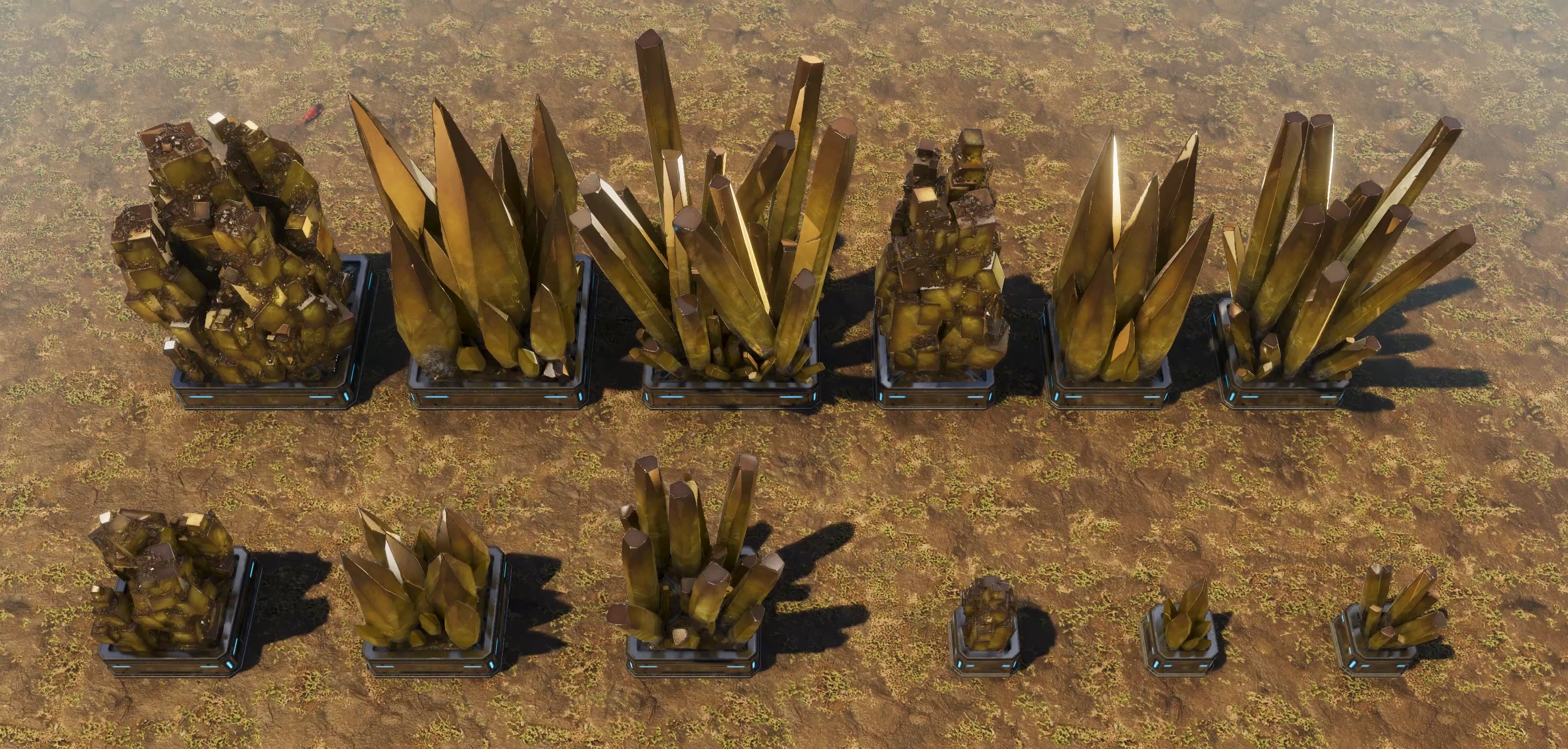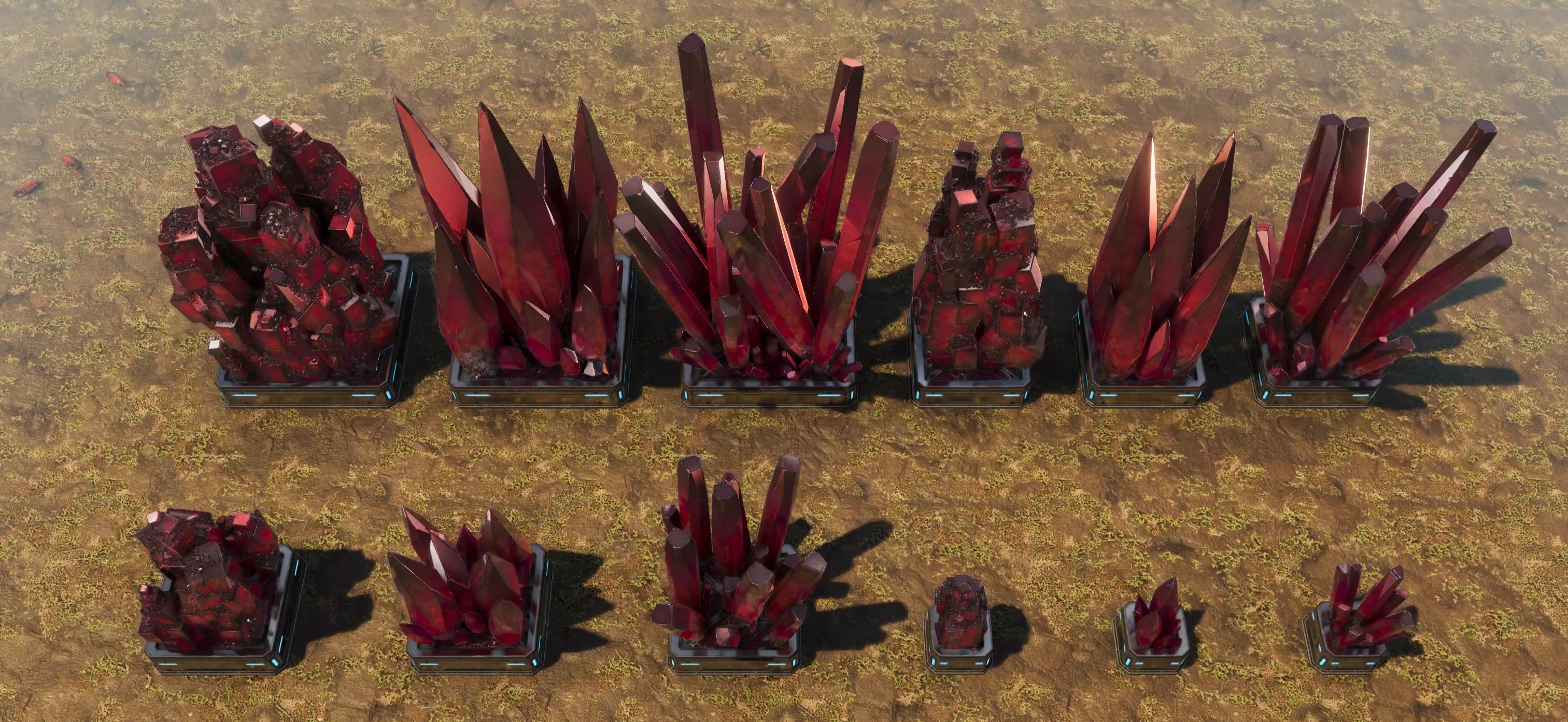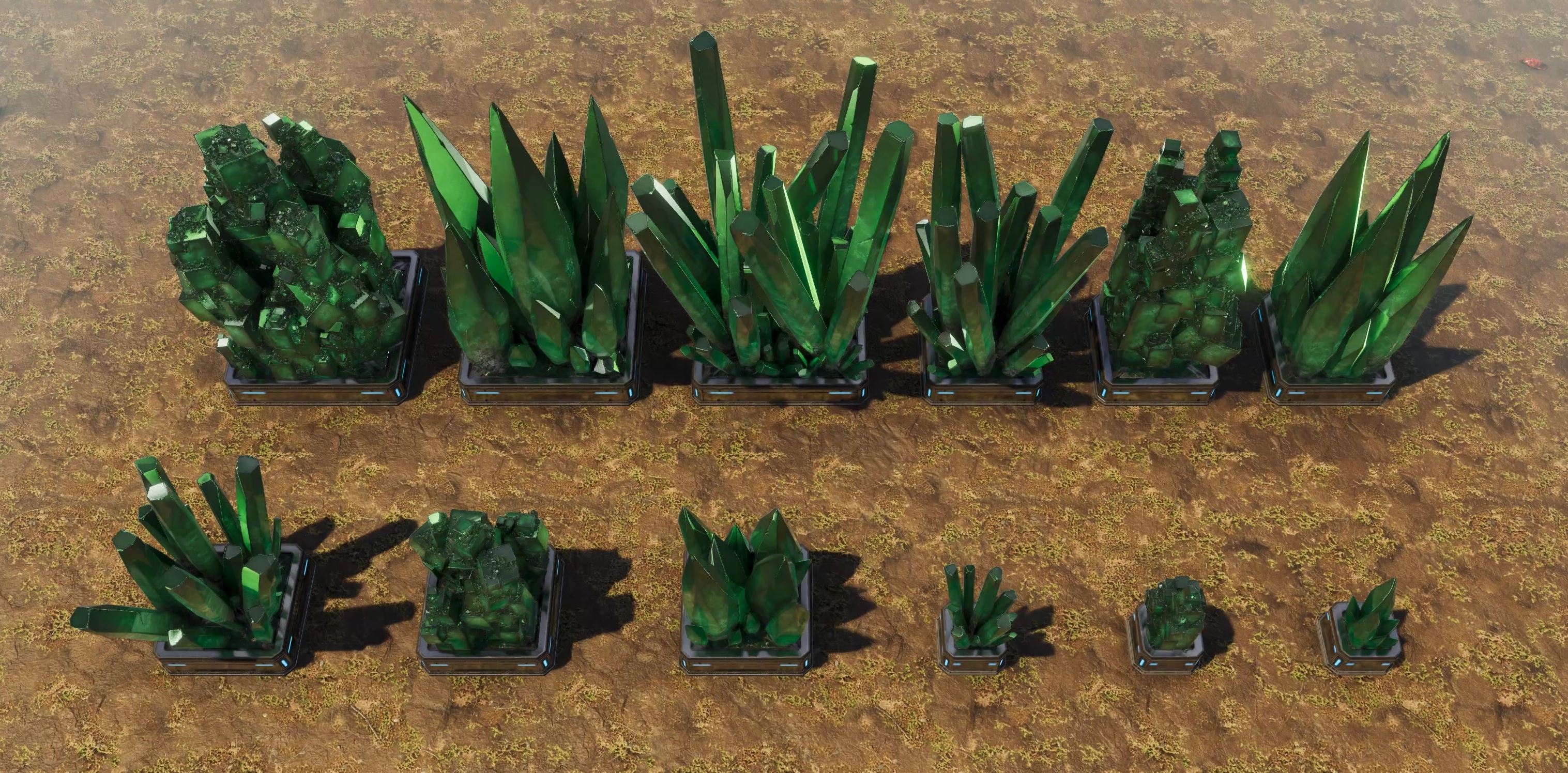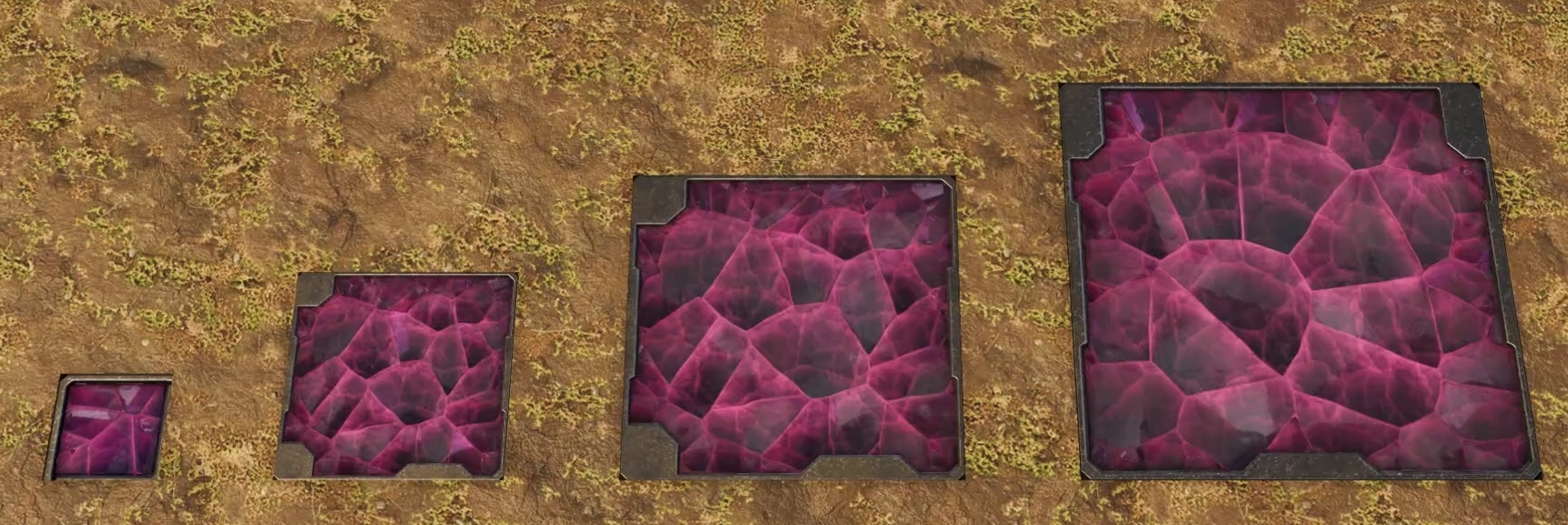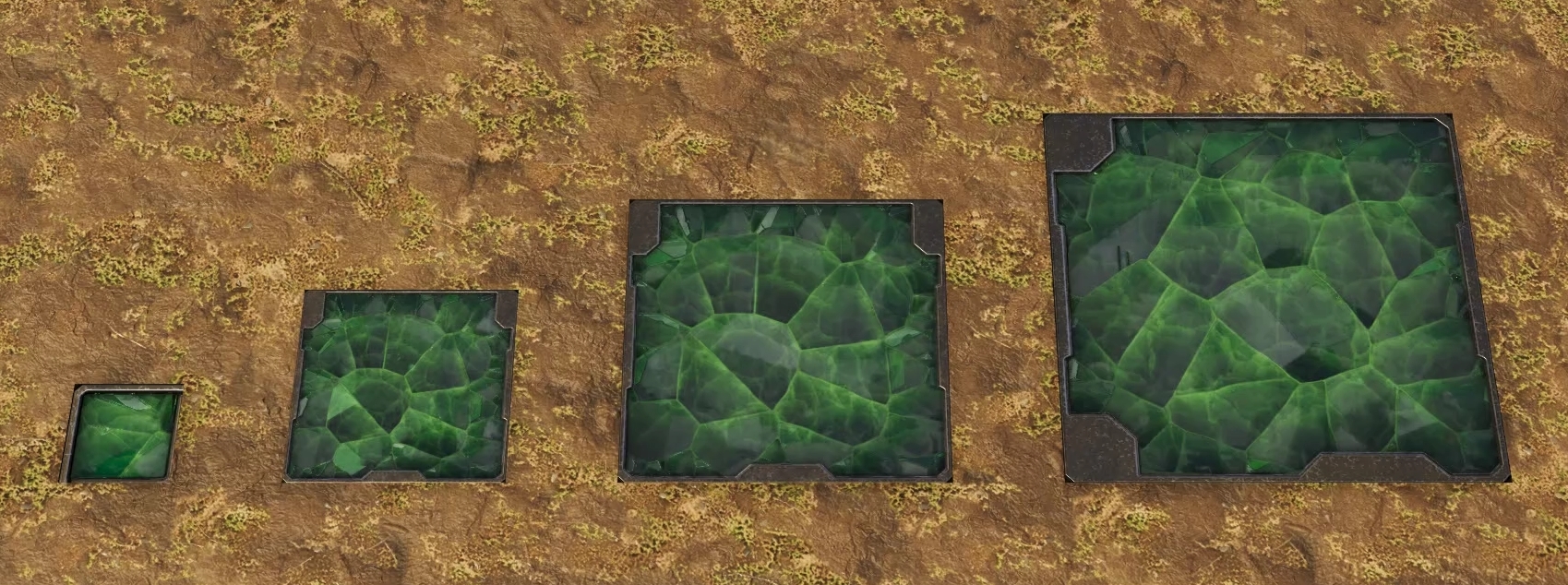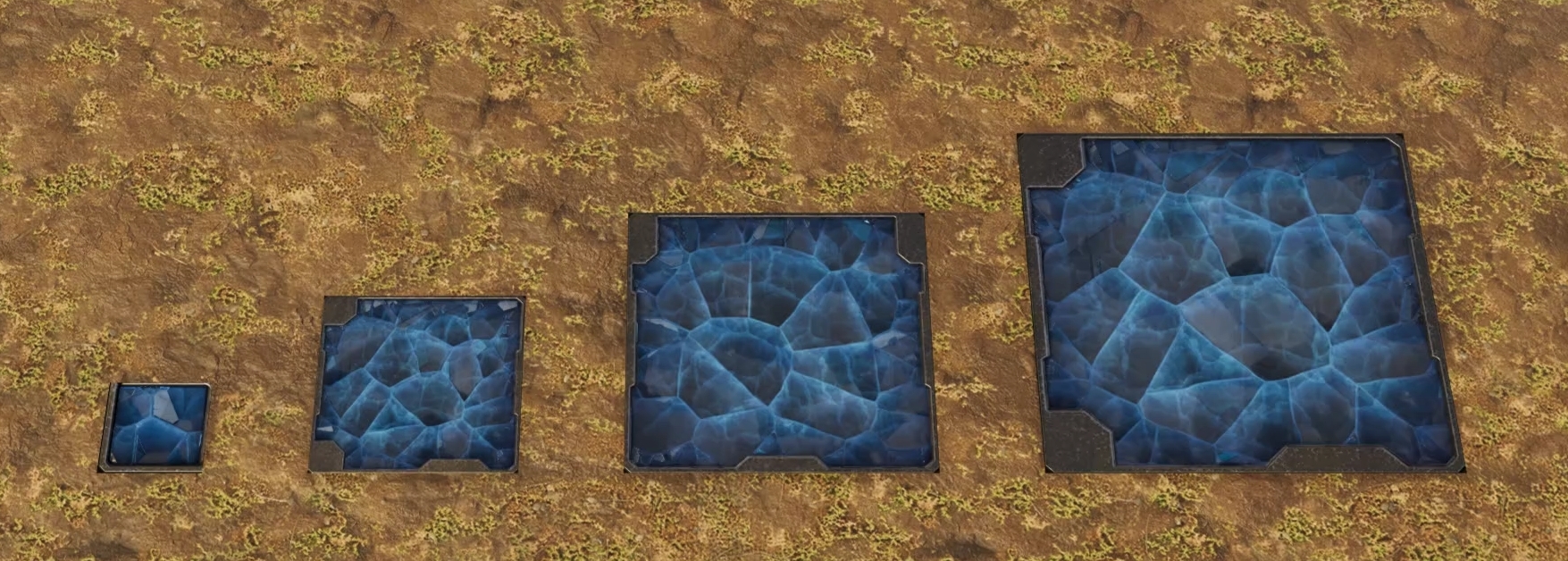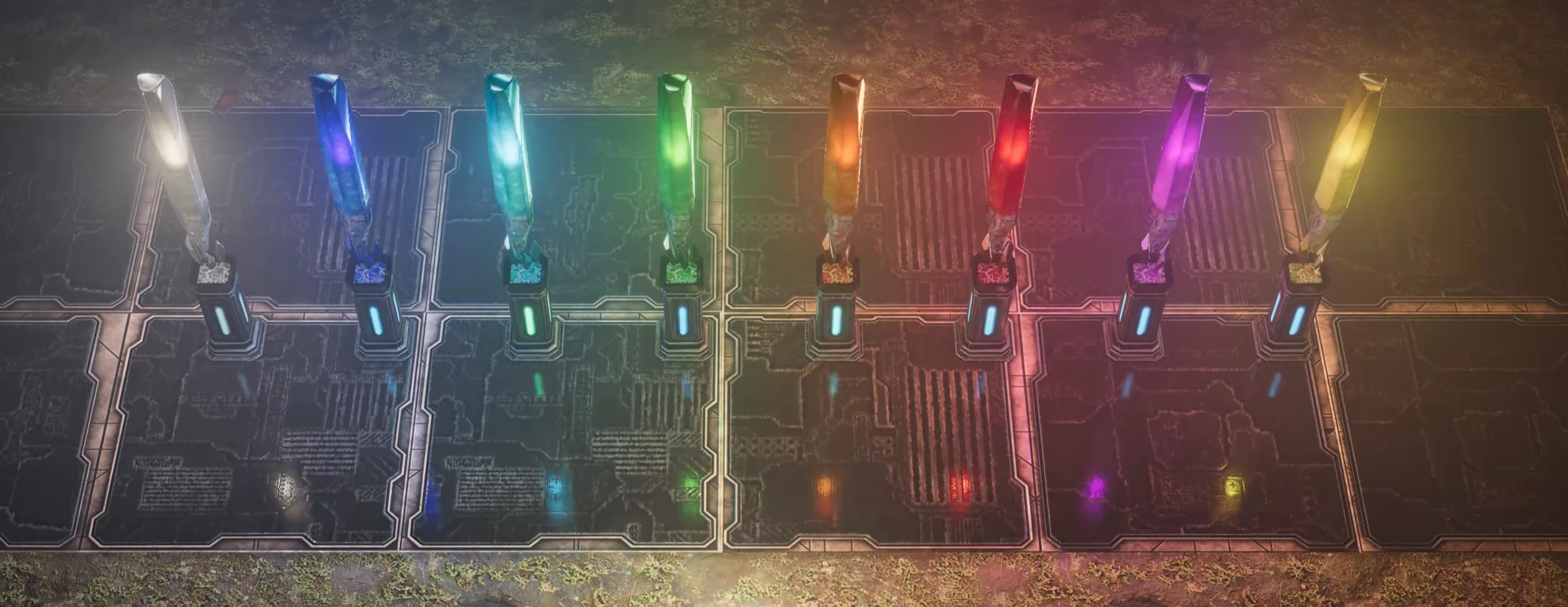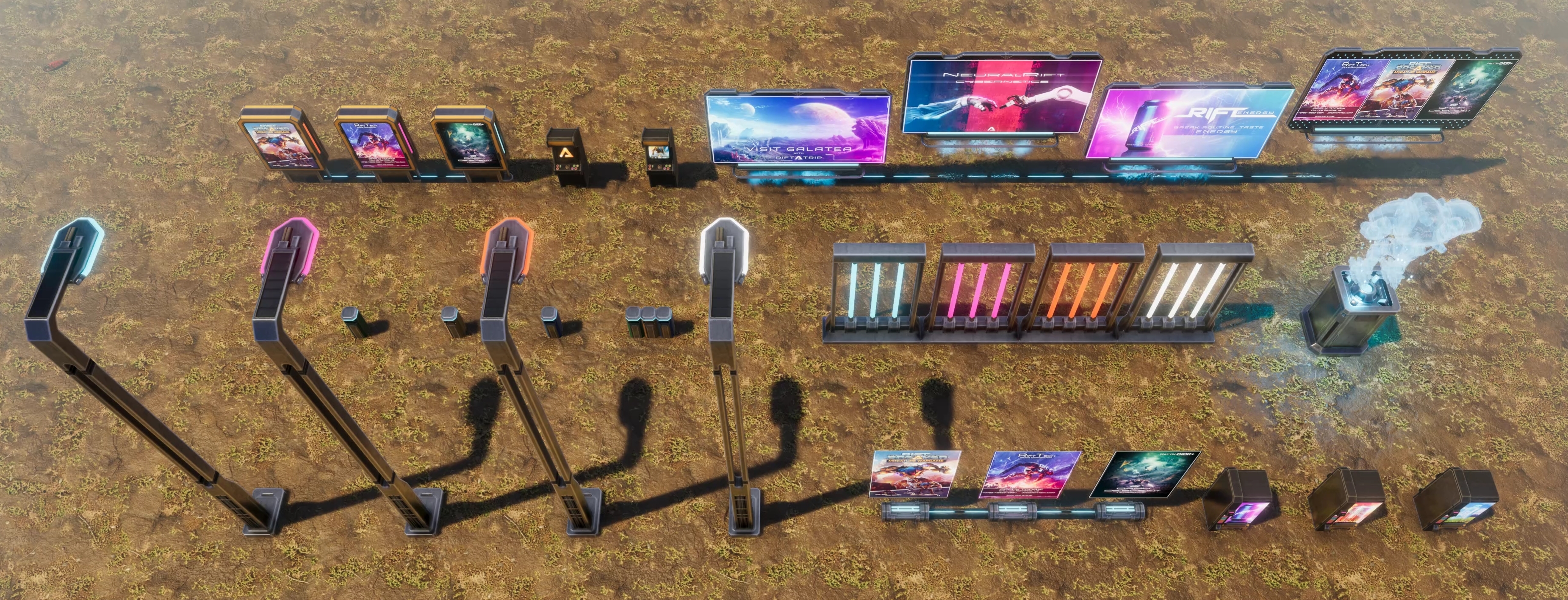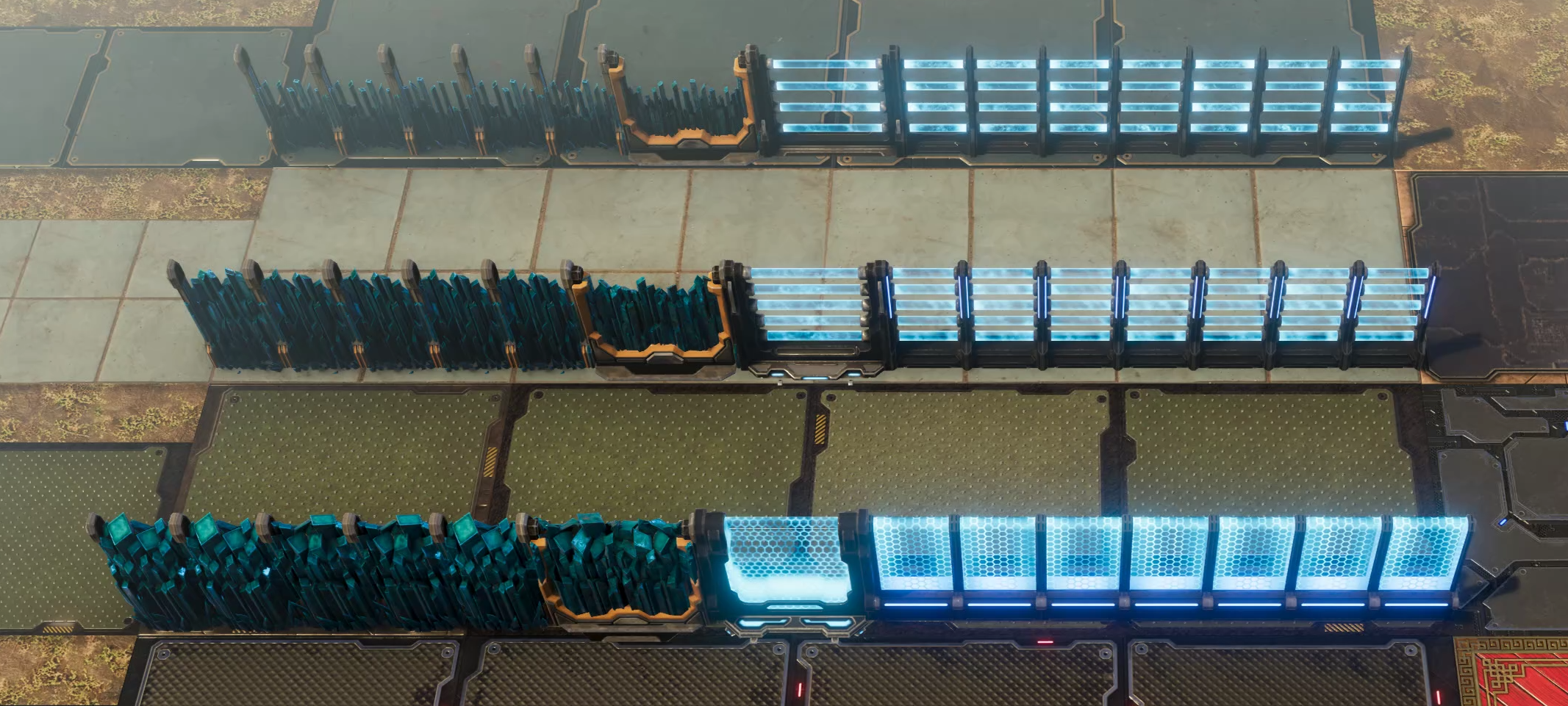
Sep 1, 2023
The Riftbreaker - voidreaver
Hello Riftbreakers!
Our team is back from a short holiday break. We are back in the office, with our minds fresh and clear, ready to continue making steps towards our goal - the co-op multiplayer release.
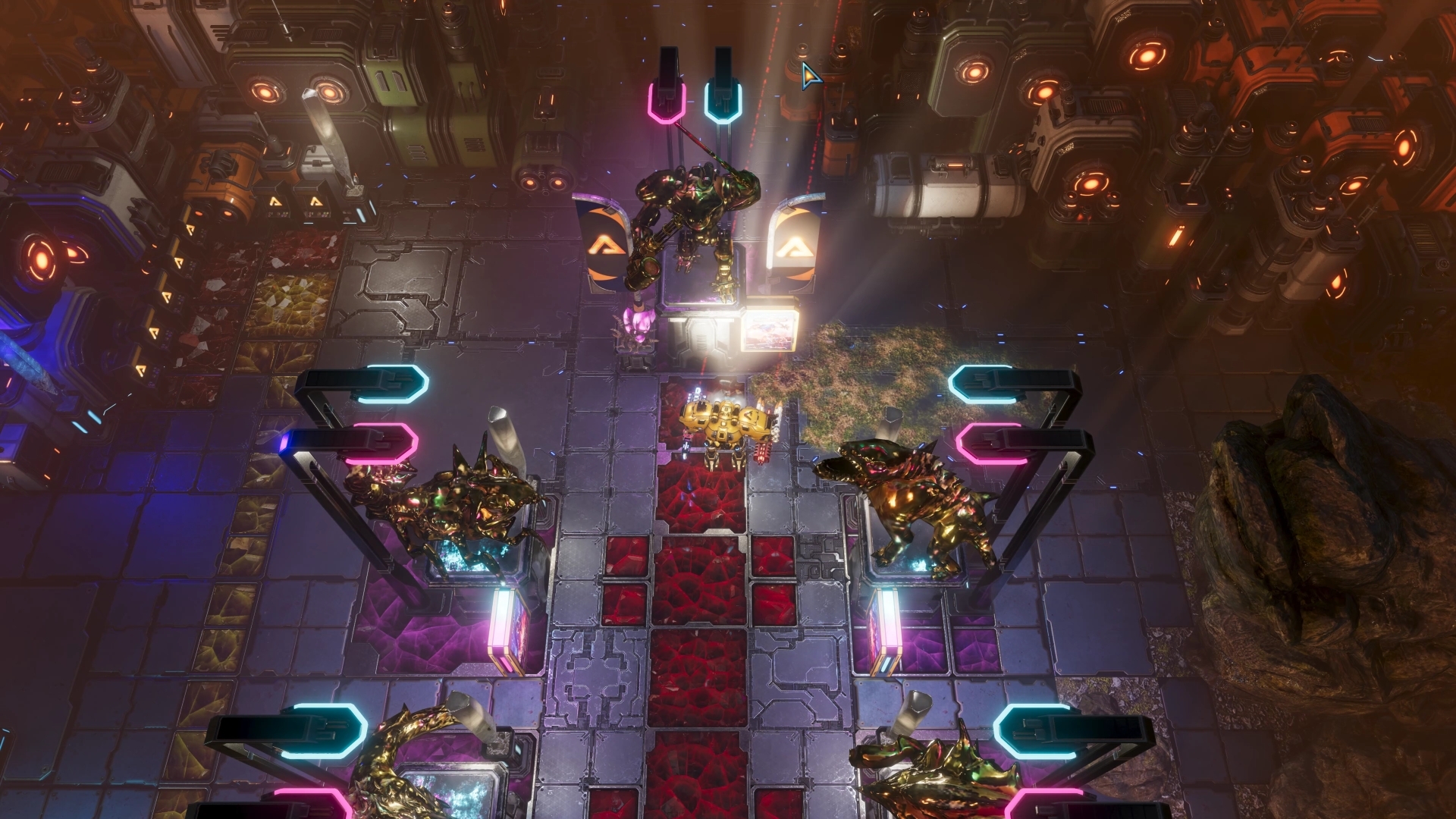
We hope you have had some time to toy around with the new decorations that came with the Summer Update for The Riftbreaker. Before we left for the holiday, we announced a screenshot contest. We asked you to decorate your bases with the new buildings for a chance to receive one of the limited Mr. Riggs plushies. However, the holiday spirit got to our heads, and we forgot to remind you about the contest.
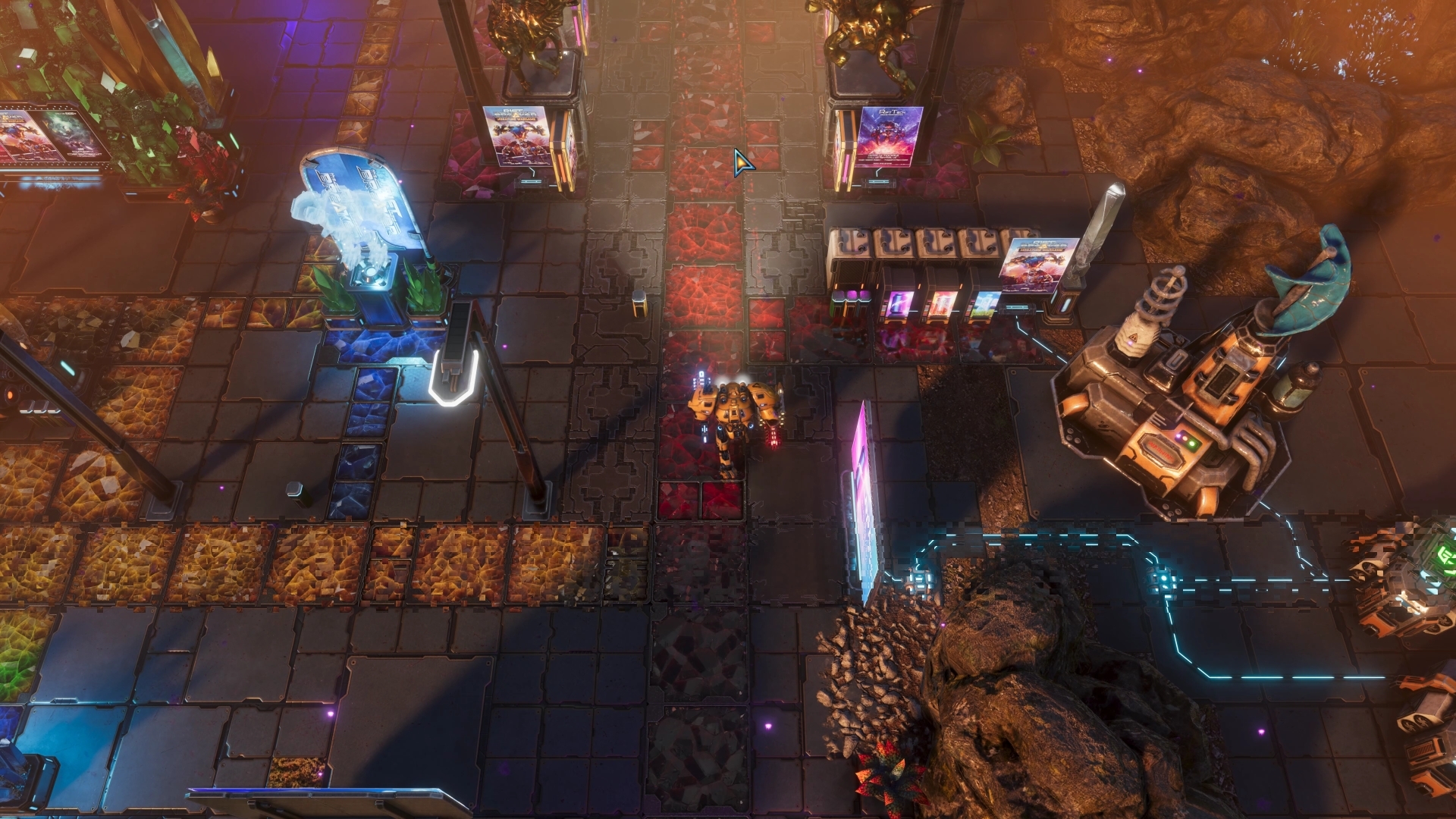
Therefore, we’re extending the Screenshot Contest deadline until Monday, September 11th, 2023.
This gives you an additional week and a half to arrange your base in the fanciest way possible and submit your idea for the contest. Let’s recap the contest rules:
To enter:
- Update your copy of The Riftbreaker to the latest version.
- Get access to some of the new decorations from this update. Follow the tips from the article to get them more easily.
- Give your base a makeover using the new structures and props.
- Make a screenshot or a video, upload it anywhere you like and post it in this thread for everyone to see: https://steamcommunity.com/app/780310/discussions/0/6960928795821616200/
The three best and most creative screenshots we receive will receive an EXOR Studios care package filled with EXOR Studios goodies and a Mr. Riggs plushie!
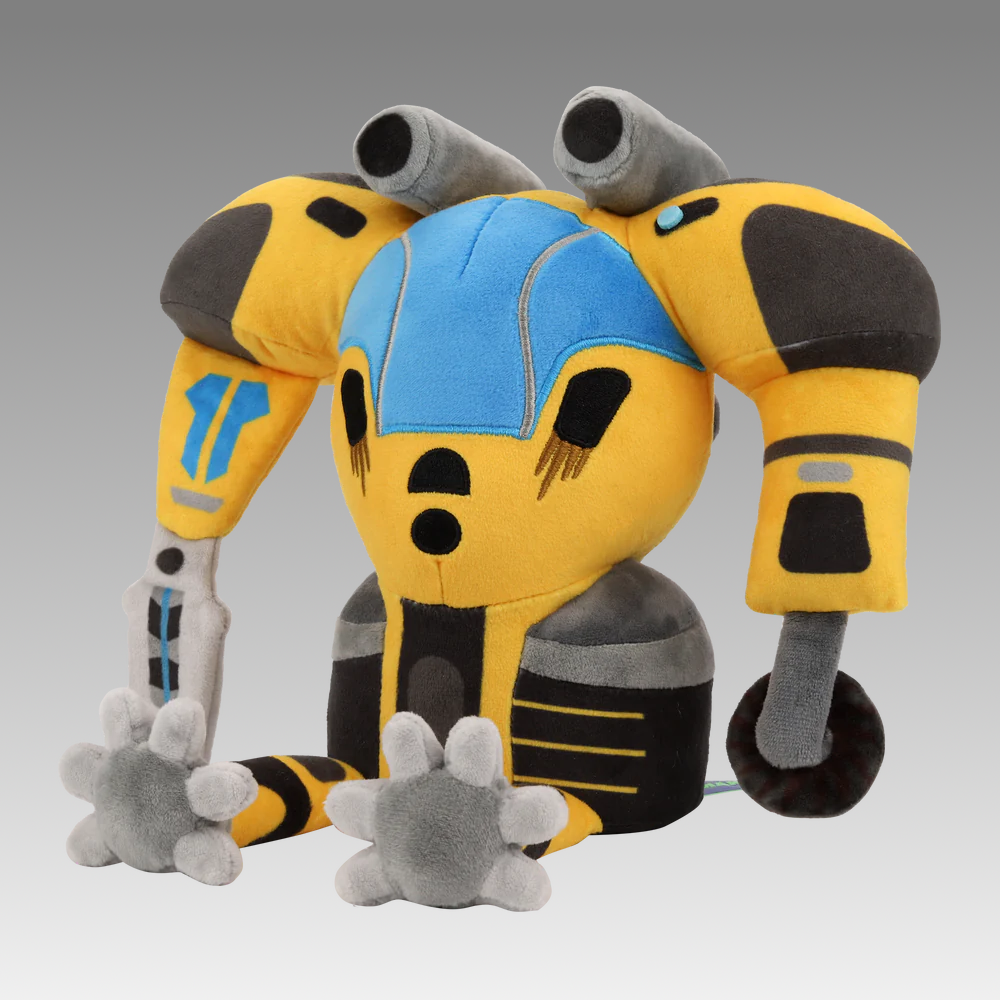
Legal stuff:
[expand]
You must be aged 18 or over at the time of entry in order to enter this competition. No purchase is necessary. You must enter the contest yourself. You must comply with the laws that apply to you in the location where you access the competition from. If any laws applicable to you restrict or prohibit you from entering the competition, you must comply with those legal restrictions or, if applicable, refrain from entering the competition. Prizes are not negotiable, exchangeable, or transferable and have no cash alternative. Physical prizes can only be delivered to locations covered by UPS. If a delivery destination is not covered by UPS, then it will not be sent out by EXOR.
The winner(s) will be selected by a panel of judges based on creativity, originality and the highest quality. The decision of the panel is final.
The Organiser does not claim any rights of ownership in your competition entry. By submitting your entry, you grant us a non-exclusive, worldwide, royalty-free and irrevocable right to use, display, publish, transmit, copy, edit, alter, store, re-format, and sub-license the competition entry and any accompanying materials for our marketing or other commercial purposes.
[/expand]
Next week, we are back with streams, developer diaries, and behind-the-scenes materials showing off all the upcoming goodness we have been developing for you. Until then, have fun and enjoy the last days of summer!
EXOR Studios












